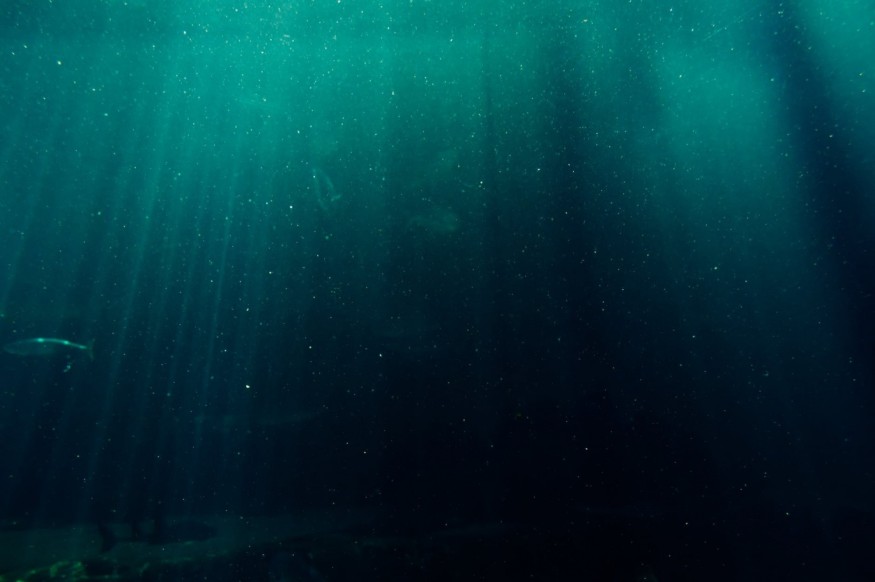
Scientists found that strange marine animals play a huge role in fighting pollution, trapping carbon dioxide, containing microplastics, and alleviating climate change.
In particular, researchers studied the so-called giant larvaceans which are found in seas worldwide. These are deep-sea creatures that release a giant mucus balloon roughly three feet in diameter. This balloon surrounds the tadpole-like and squishy animals. Scientists have discovered their essential role in removing atmospheric carbon dioxide that exacerbates and quickens climate change. The study was performed at the Monterey Bay Aquarium Research Institute and was published in Nature.
In the study, the researchers produced 3-D imaging on the larvaceans and the mucus filters with the use of a new laser system. These animals are not really giants in the literal sense since they only have a length of less than a centimeter to almost 10 centimeters. However, with their small bodies, they can remove incredibly large amounts of food from their surroundings. These food items are rich in carbon.
By scanning them with the laser, the scientists were able to see how they utilized mucus to trap microplastics and carbon. The lasers were installed on a robot weighing 12,000 pounds. The structure of the mucus was then reconstructed as a 3-D model.
In the report by The New York Times, the laser system works in the same way that a computer tomography scan does. It uses laser light to scan the animals, after which it gathers rays returning from its tissues, feeding the information on a computer for reconstructing the structure of the organism in exquisite detail. The imaging system is known as DeepPIV.
As the mucus filters clog with the collected matter, which usually takes around 24 hours, they are released by the larvaceans, after which they rapidly sink to the ocean floor and bring with it a significant carbon load, trapping carbon and keeping it from going back to the atmosphere. The process cleans the atmosphere of carbon dioxide as well as microplastics.
Monterey Bay principal engineer and lead author Kakani Katija says that the ocean is full of ubiquitous mucus, and these animals create complex mucus structures that maintain their health, protect them, and enable them to feed. She says that with the help of the laser system, they can visualize the structures and understand their functions and roles in the marine ecosystem.
The tails of the animals are used to pump water continuously into two filters with a maximum volume of 21 gallons per hour. In Monterey Bay, the researchers estimate a filtering capacity of 300 meters of water in a minimum time of only 13 days. This is akin to filtering 500 swimming pools that are Olympic sized within an hour.
This amazing cleaning capacity is necessary because scientists believe that over 99% of our biosphere can be found in our oceans. In essence, we really do not know our oceans, since no one has ever plumbed its true depths. This is one of our planet's final frontiers of discovery.
Our oceans trap greenhouse gases in a major way since they encompass over 70% of our planet's surface. They are thought to have absorbed over 25% of all carbon that humans released since the Industrial Revolution. It has also absorbed 90% of the heat it produced. Monterey Bay senior scientist Bruce Robison says that we are only beginning to understand our oceans and how they work.
© 2026 NatureWorldNews.com All rights reserved. Do not reproduce without permission.





